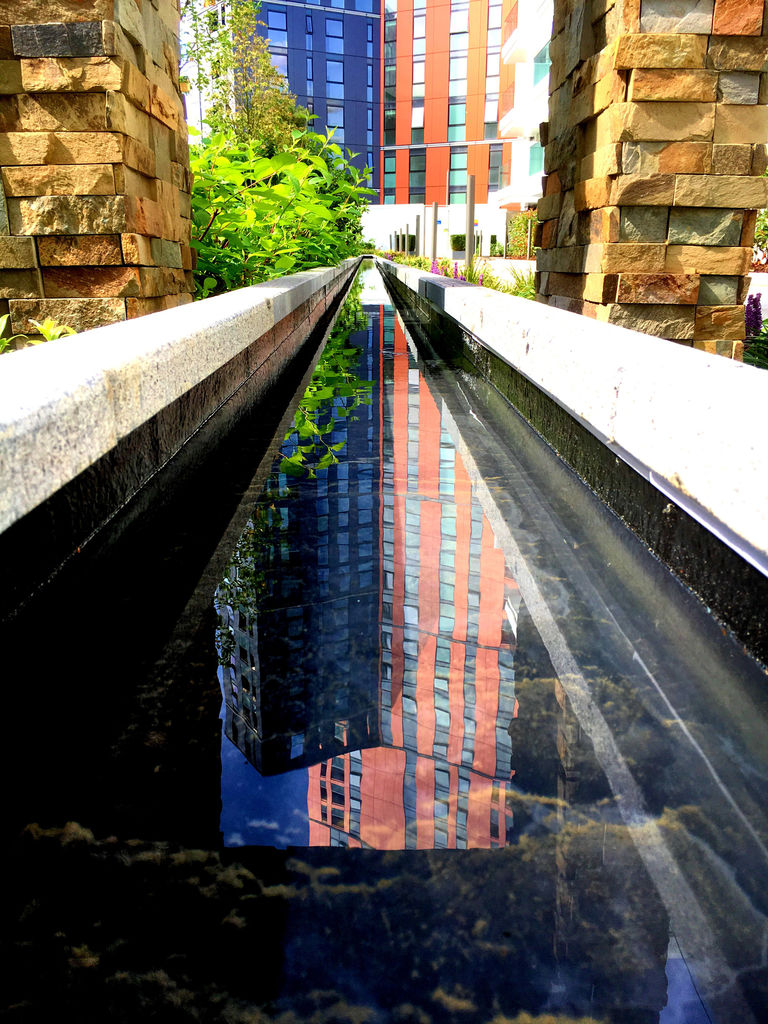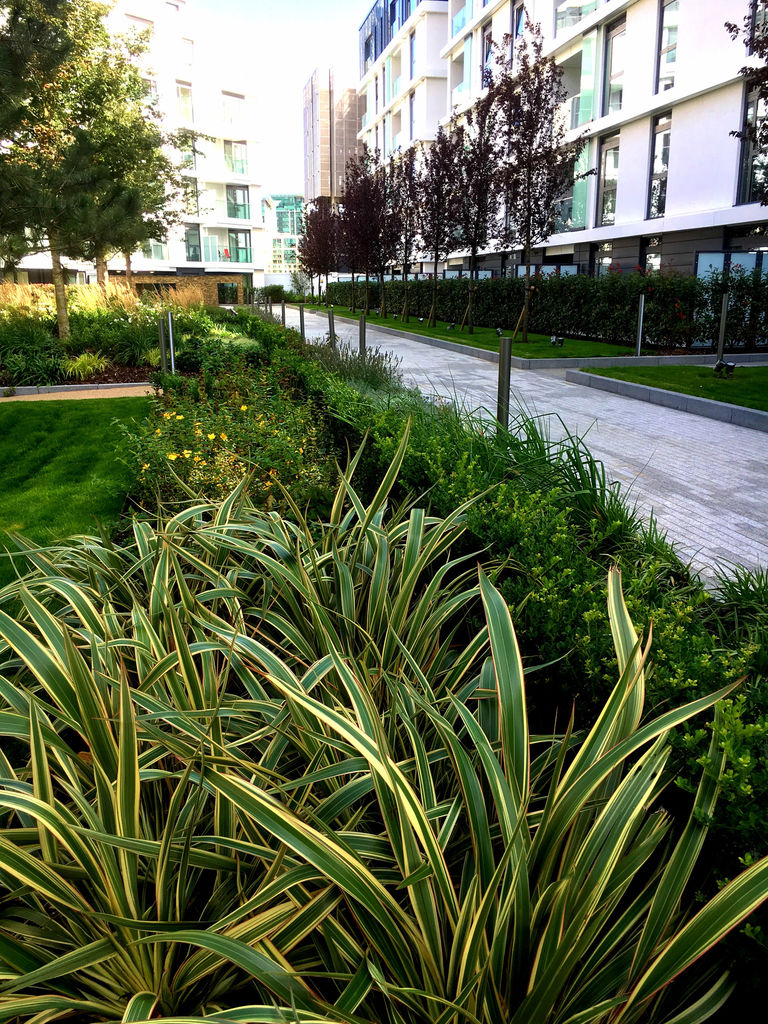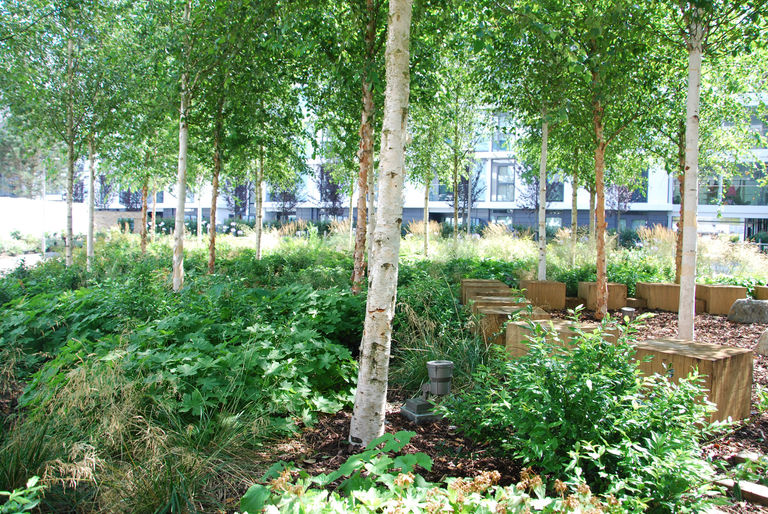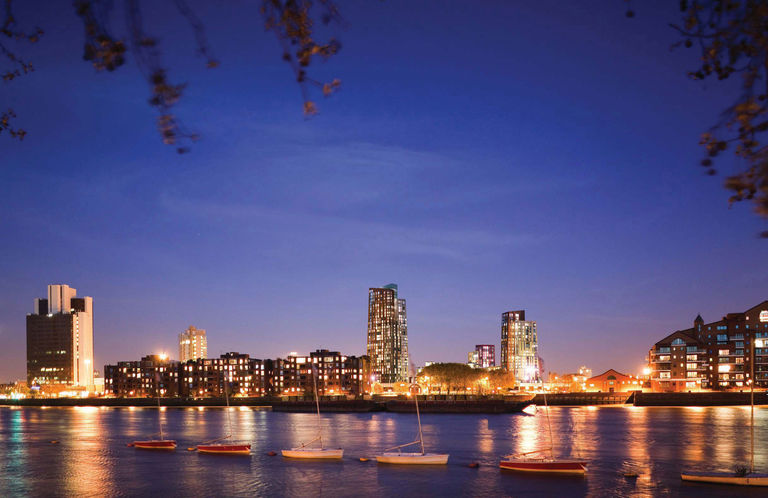Networks and pockets of green spaces are a critical component of liveability, providing many benefits related to well-being, nature and environmental quality.
As London’s south bank continues to densify the need for good external spaces grows. For city landscape architects a key aim is to squeeze as much quality place-making out of highly built urban blocks that have high expectations to deliver both excellent investor returns and also be great places to live.
Broadway Malyan’s team of landscape architects and place-makers have been working in London’s buoyant residential market for over 20 years, designing and delivering new public parks and “hidden” gardens for the City’s residents and citizens.
The team's work in Nine Elms is a great example of what can be achieved. Nine Elms Point sits at the starting point of a large-scale regeneration project currently underway. The wider context consists of a number of areas that have significant planned regeneration or are currently under construction, namely Battersea Power Station and the new American Embassy.



